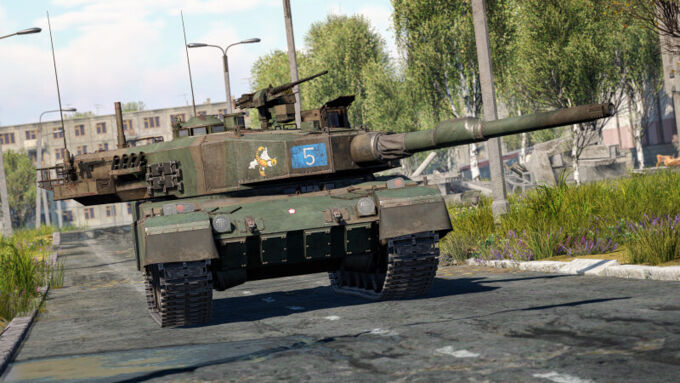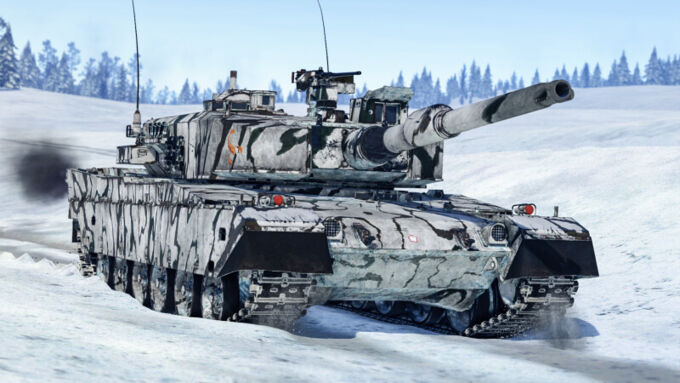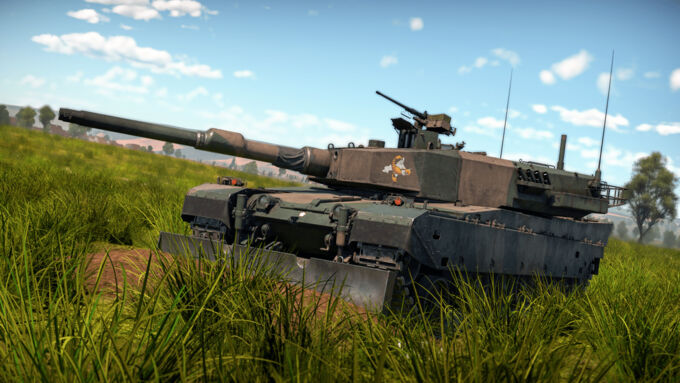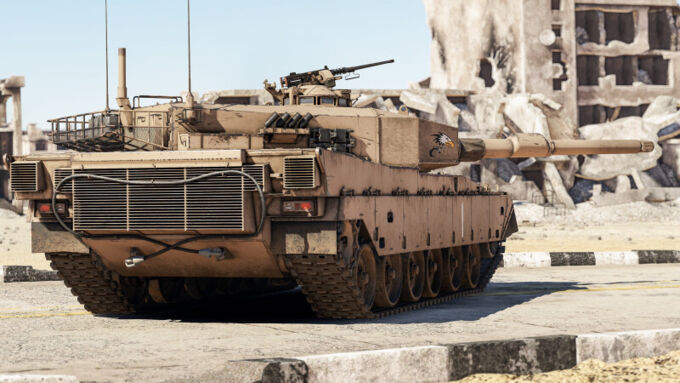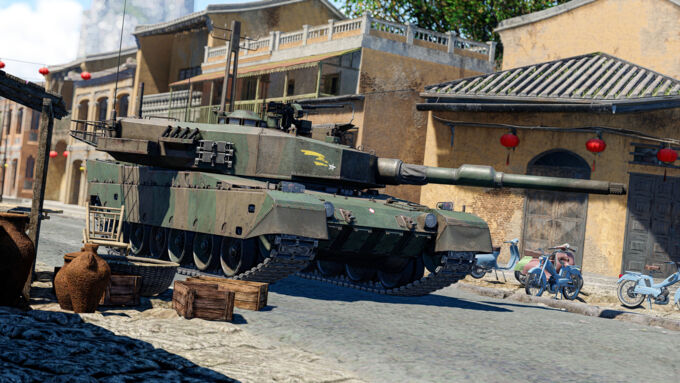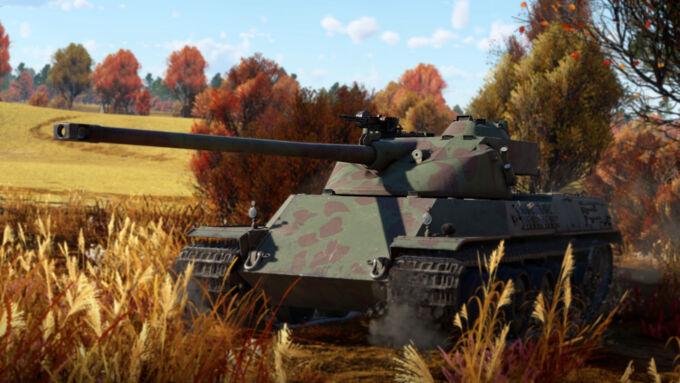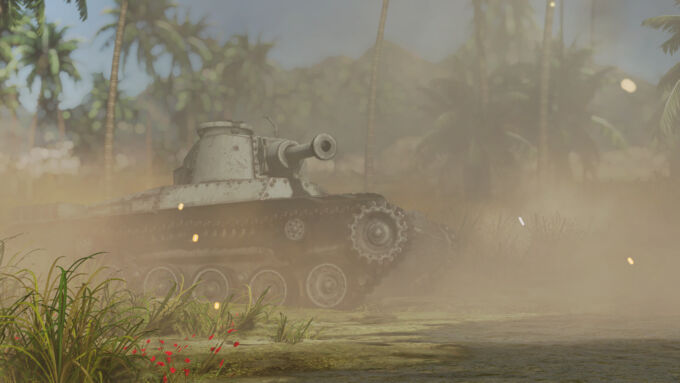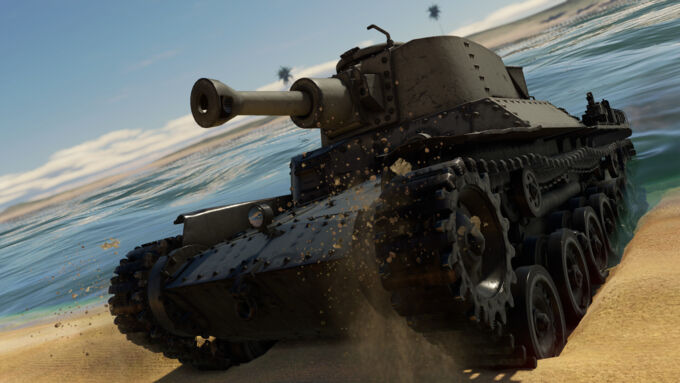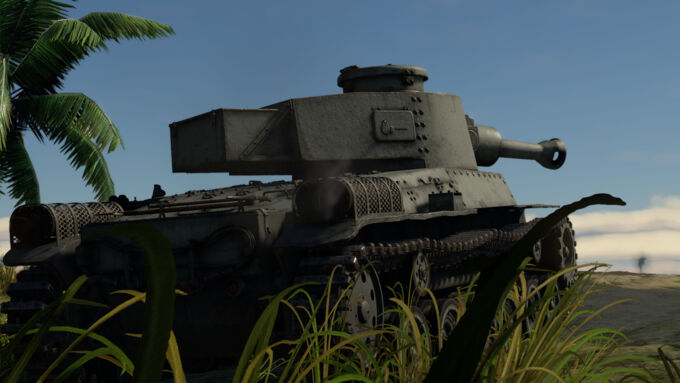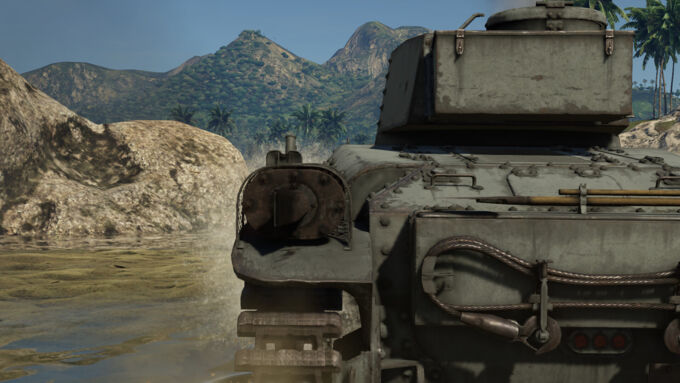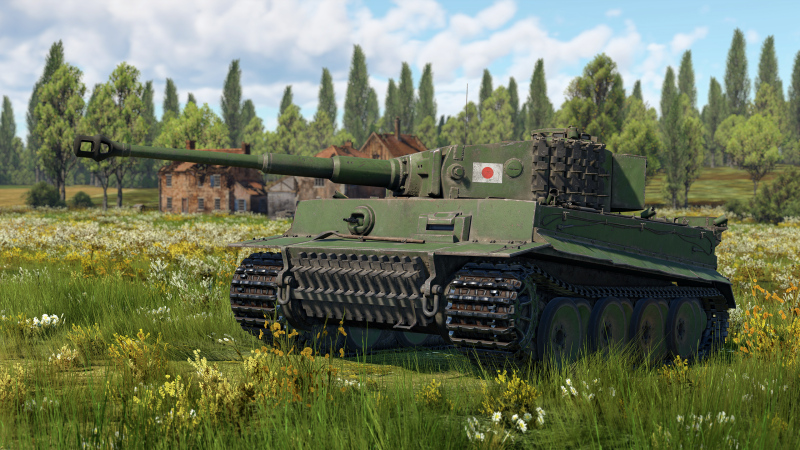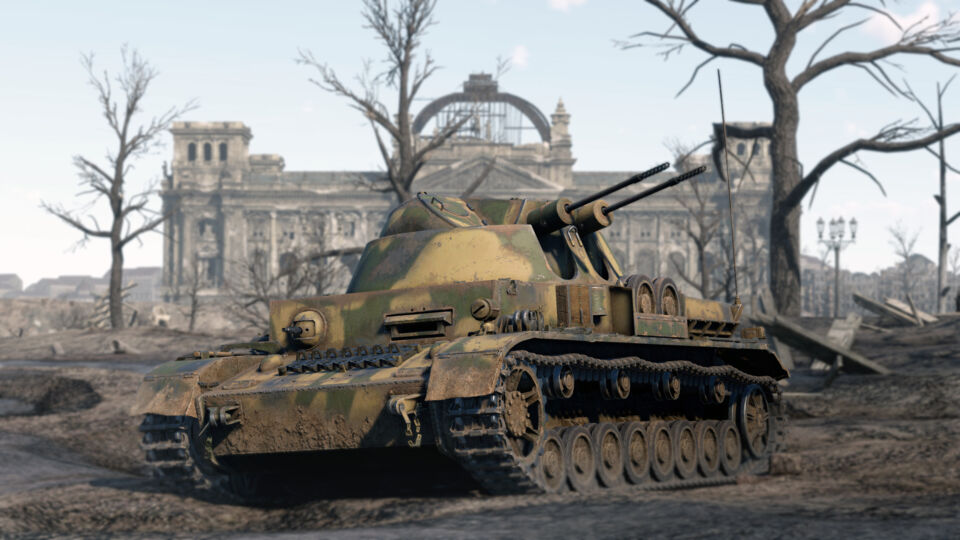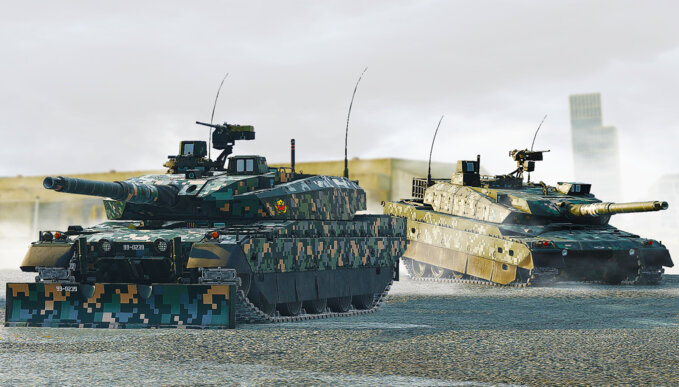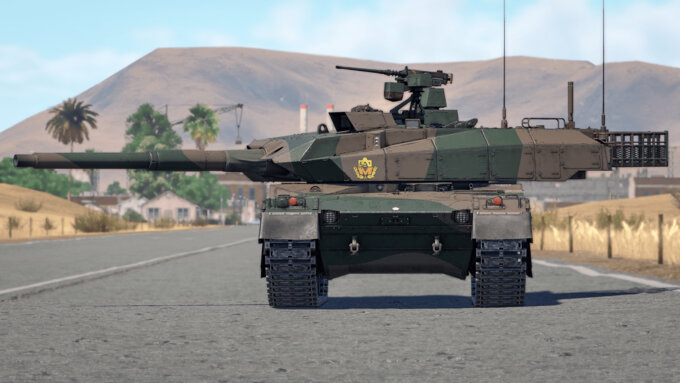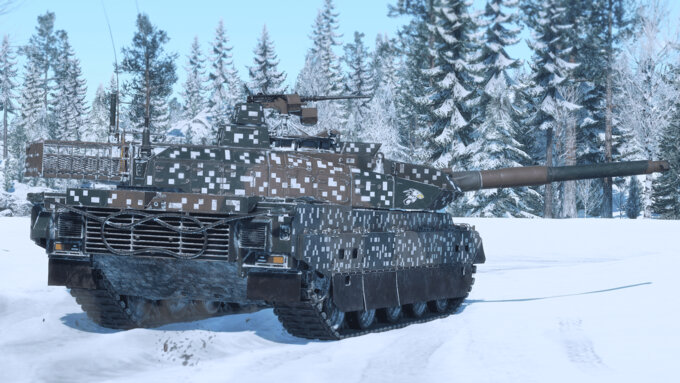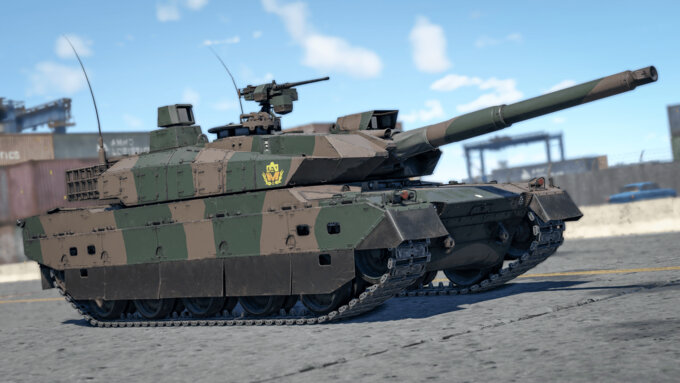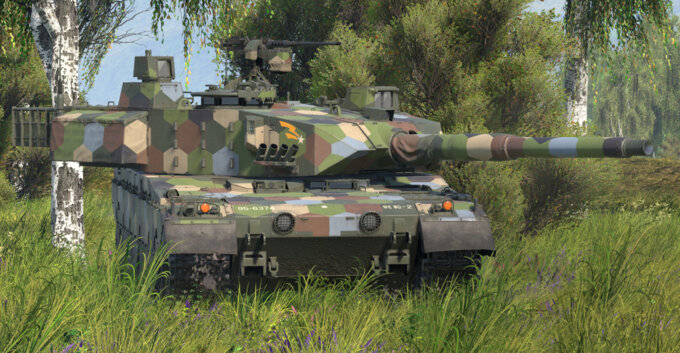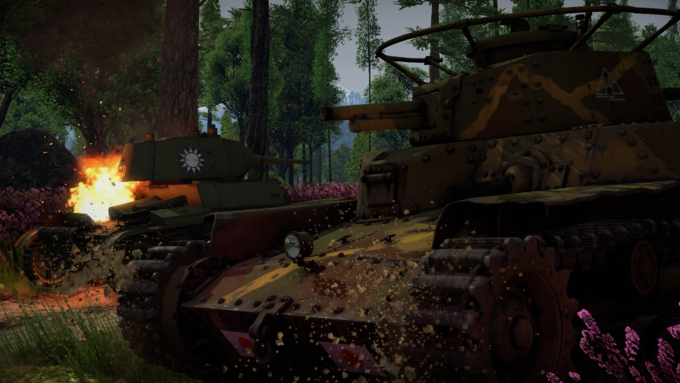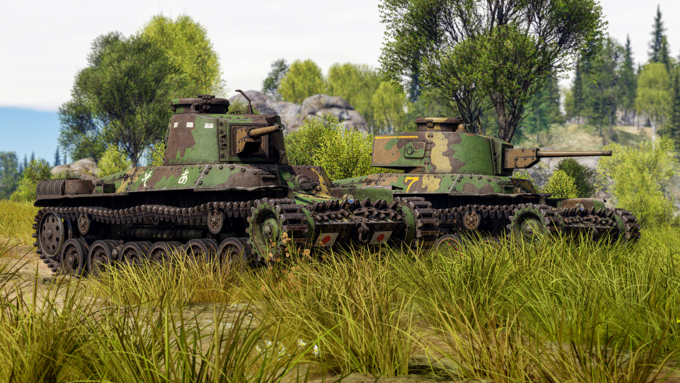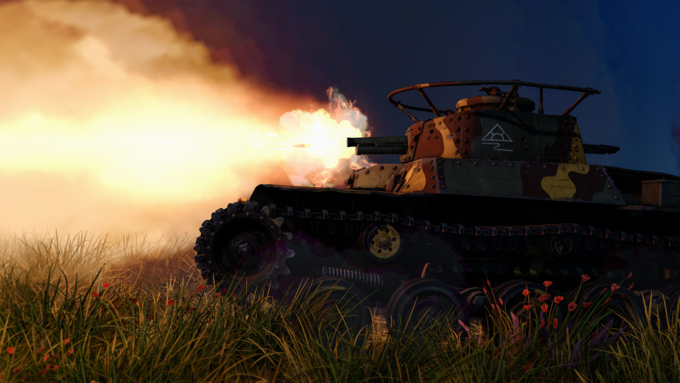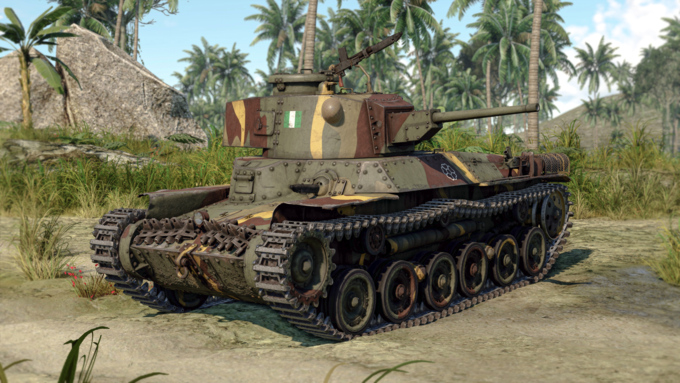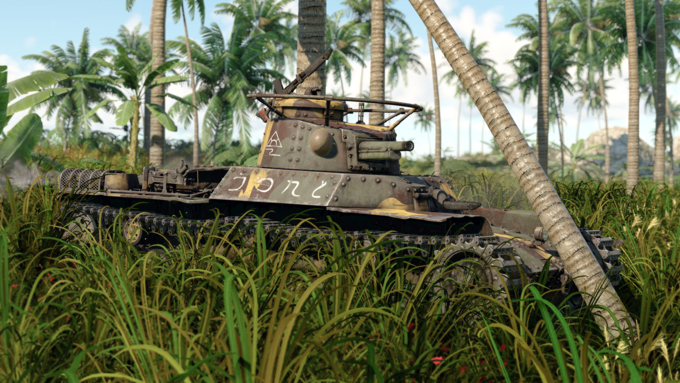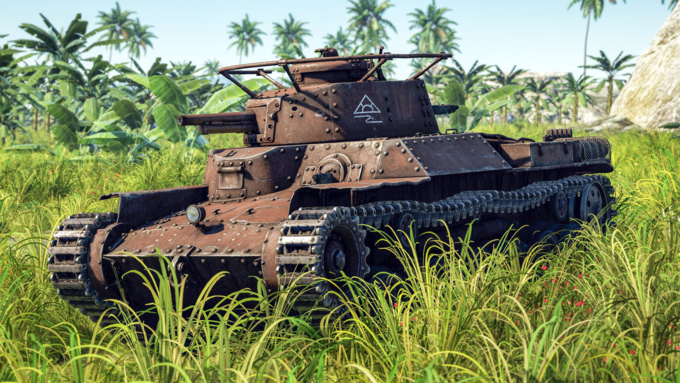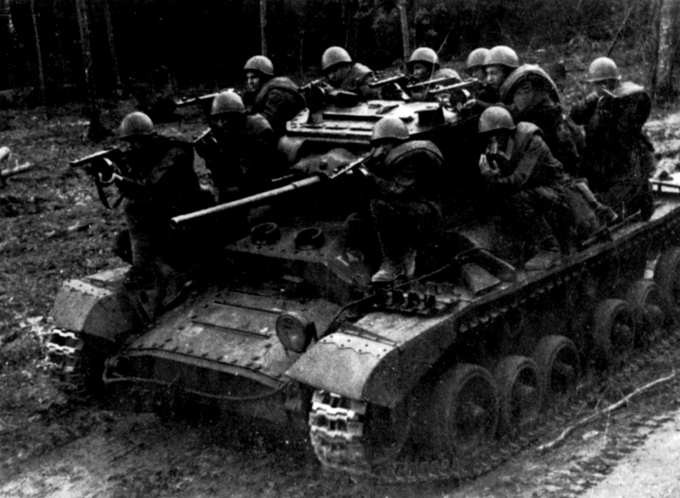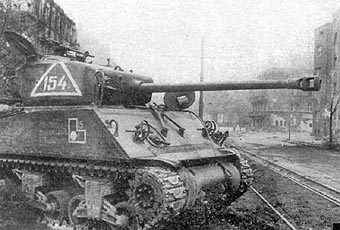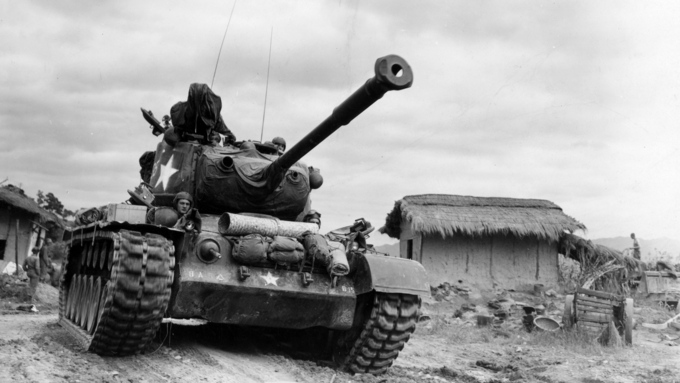Ground Vehicles
The Type 90 (90式戦車) is a third-generation main battle tank (MBT) developed by Mitsubishi Heavy Industries for the Japanese Ground Self-Defense Force (JGSDF). Introduced in 1990 to replace the ageing Type 61 and Type 74, it was designed to counter modern Soviet tanks like the T-72 and compete with Western MBTs such as the M1 Abrams and Leopard 2. Armed with a 120 mm L/44 smoothbore gun, it reflects the standard firepower of Gen 3 tanks. Though still in service, the Type 90 is being supplemented & gradually phased out in favour of the lighter yet more advanced Type 10, shifting as the Japanese Gen 3.5 MBT.
Among the many different iterations of the AMX-50 tank in the French line-up is the AMX-50 (TO90/930). The tank itself may not be very impressive on the surface, with subpar firepower and armor protection. However, inside the tank lays lots of potential as a matchmaker tearing apart streams of enemy tanks from the flanks, enabled by its high mobility and auto-loading cannon. Dive into the AMX-50 (TO90/930) for its quirks and tricks to make it dictate the tide of battle.
The Type 97 Chi-Ha Short Gun / Short 12cm SPG (短十二糎自走砲) is a later iteration of the Chi-Ha with a modified turret coming from the Chi-Ha Kai, boasting a Navy short gun (120 mm) meant to defend naval bases and merchant ships in a multipurpose role. The Navy's modification of the Chi-Ha was meant to mimic the role of the Army's Ho-I tank to support infantry as a gun tank during the defense of the homeland.
Japan purchased the Tiger E (Chassis No. 250455) under the advice of General Hiroshi Ōshima, the Japanese ambassador in Berlin. General Ōshima had visited the Eastern Front, where he saw the formidable Tiger tank. In May 1943, Japan made an offer to acquire either the blueprints or an actual model of the tank. The plan was to ship the tank to Japan by submarine, intending to strengthen Japanese tank forces and serve as valuable research material. However, the transfer was never completed due to the increasing dominance of Allied naval forces. As a result, the Tiger I was loaned "back" to the Germans and subsequently used in the 101st SS Heavy Panzer Battalion in Belgium.
Germany's anti-aircraft solutions take on many forms based on the Panzer IV, with vehicles like Wirbelwind, Ostwind, Ostwind II, and Zerstörer 45 that mount a rapid-firing autocannon. However, all have the same issue of having an exposed turret compartment that allows aircraft to strafe and knock out critical components and people within the turret. Kugelblitz changes that equation by having a fully enclosed turret, allowing the vehicle to spray 30 mm at incoming aircraft confidently. Let's explore the Kugelblitz a bit more to see what makes this vehicle tick!
The Type 10 (10式戦車) is a main battle tank (MBT) of the Japanese Ground Self-Defense Force (JGSDF). Initially accepted into service in 2010 (with effect in 2012) to complement and replace the existing Type 74 and Type 90 main battle tanks. Compared to its predecessors, there was a bigger emphasis on the C4I system, weight reduction, and modular armour.
Among the different tanks provided to the Soviet Union as part of the Lend-Lease program, arguably the most underrated tank was the Valentine tank. An infantry tank that the British eventually phased out for newer tanks like the Churchill, the Valentine had a surprising staying power within the Soviet Army. The Soviet Army received half of all Valentines produced by the British and Canadians and used them all the way to the end of the war against both the Germans and Japanese.
Among the T-34s used by the Soviet Army as they marched towards Germany, there ought to be a number of M4A2 Shermans within the inventory. A sign of cooperation between the distant Allies, the M4A2 Sherman was provided to the Soviet Union as part of the Lend-Lease program that led America and Britain to supply critical material and equipment to the Soviets. The M4A2 Sherman helped set-up several significant units for the Soviet Union to use in the Great Patriotic War to fight both the Germans and Japanese to the war's conclusion.
The M46 Patton emerged from the modernization of the M26 Pershing to address the evolving needs of the US Army. With significant upgrades in engine power, transmission, and firepower, the M46 would play a crucial role during the Korean War. Despite technical challenges, the M46’s deployment marked a significant advancement in tank technology, bridging the gap between World War II designs and the more modern tanks that followed.
